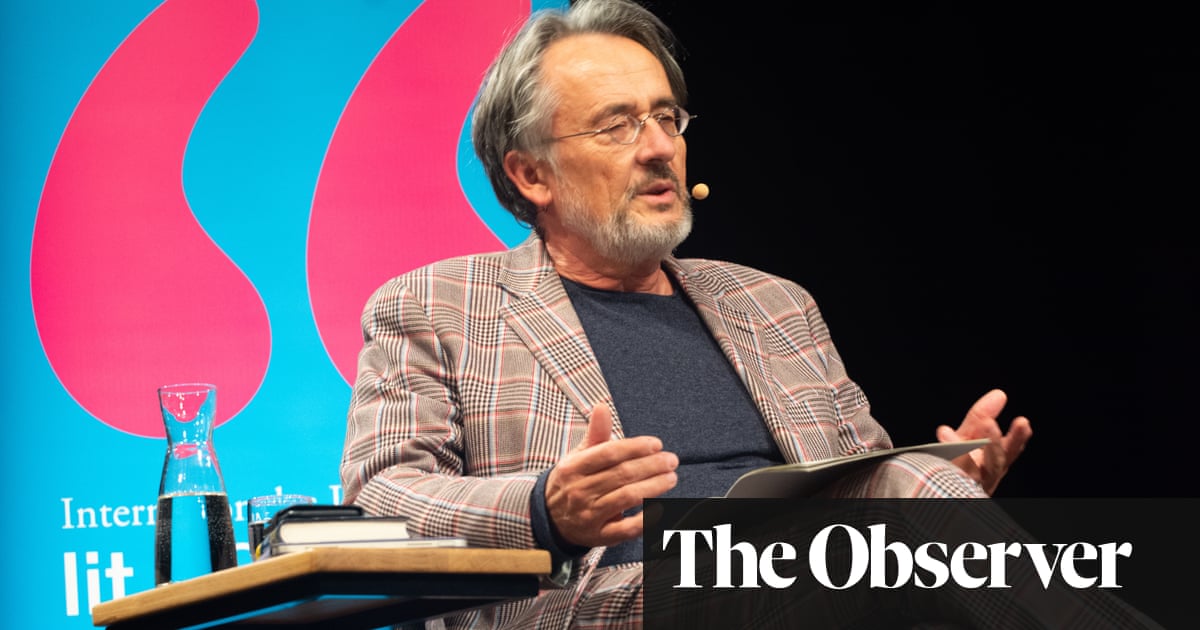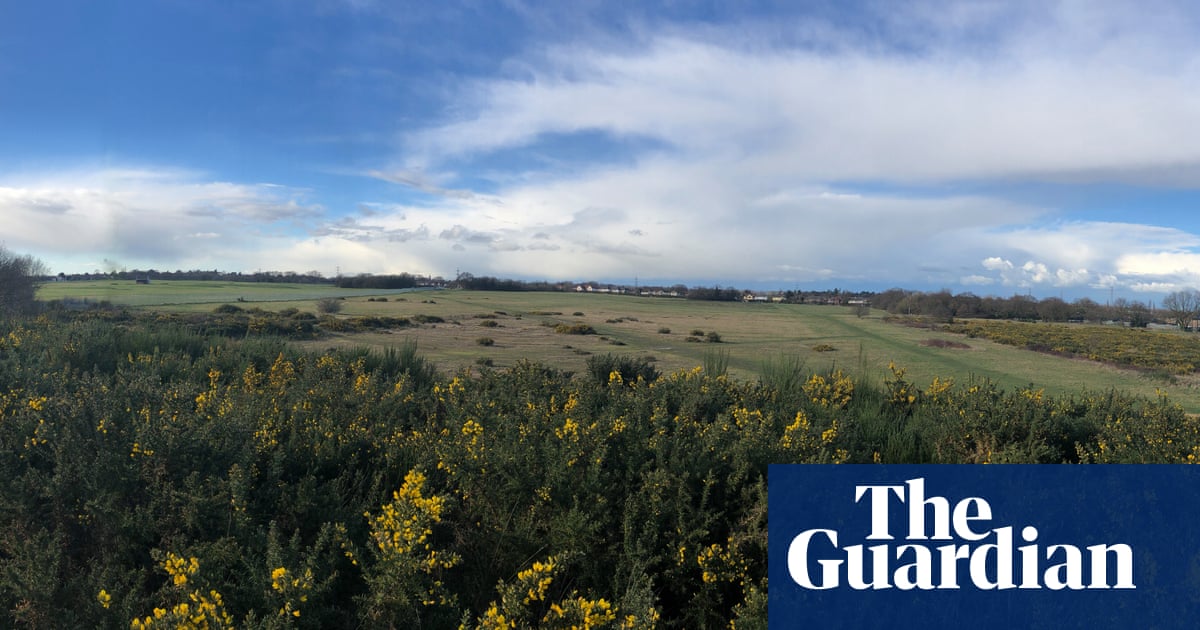Donald Trump’s campaign may be failing to reach thousands of voters they hope to turn out in Arizona and Nevada, with roughly a quarter of door-knocks done by America Pac flagged by its canvassing app as potentially fraudulent, according to leaked data and people familiar with the matter.
The potentially fake door-knocks – when canvassers falsely claim they visited a home – could present a serious setback to Trump as he and Kamala Harris remain even in the polls with fewer than 20 days to an election that increasingly appears set to be determined by turnout.
The Trump campaign earlier this year outsourced the bulk of its ground game to America Pac, the political action committee founded by Musk, betting that spending millions to turn out Trump supporters, especially those who don’t typically vote, would boost returns.
But leaked America Pac data obtained by the Guardian shows that roughly 24% of the door-knocks in Arizona and 25% of the door-knocks in Nevada this week were flagged under “unusual survey logs” by the Campaign Sidekick canvassing app.
The Arizona data, for example, shows that out of 35,692 doors hit by 442 canvassers working for Blitz Canvassing in the America Pac operation on Wednesday, 8,511 doors were flagged under the unusual survey logs.
The extent of the flagged doors in America Pac’s operation underscores the risk of outsourcing a ground-game program, where paid canvassers are typically not as invested in their candidate’s victory compared to volunteers or campaign staff.
America Pac denied it was experiencing that level of actual fraud in Arizona and Nevada and declined to comment on reporting for this story.
And a person familiar with the America Pac operation said: “Sidekick was never expected to handle the auditing of America Pac’s door operation. The reason the pac is confident in its numbers is because of the auditing procedures each canvassing firm puts in place and the auditing procedures of the pac writ large.”
But multiple people familiar with the Campaign Sidekick app, including a recent auditor for Blitz Canvassing and a senior executive at another vendor who signed a non-disclosure agreement with America Pac, agreed the unusual activity logs were an effective tool to detect cheaters.
The unusual activity logs, for instance, showed a canvasser who was marked by GPS as sitting at a “Guayo’s On the Trail” restaurant half a mile away from the doors he was supposedly hitting in Globe, Arizona. Another canvasser was recorded marking voters as “not home” two blocks away from that apartment.
The Guardian also conducted its own test to see whether manually removing instances of “false positives” – doors wrongly marked as fraudulent – would show the unusual activity logs were too sensitive. Using a randomly picked sample of 26 canvassers in Arizona, the rate of suspected fakes was in line with the overall rate.
Suspicious doors
The Trump campaign took a gamble this cycle when it outsourced the bulk of its ground game to political action committees, after the Federal Election Commission earlier this year for the first time allowed campaigns to coordinate its voter turnout efforts with outside groups.
The campaign initially envisaged multiple pacs helping to drive the Trump vote, but America Pac ultimately became the largest and most ambitious of the outside groups as it poured more than $29.8m into its field operation for Trump and became the only pac with a material presence in every battleground state.
The largest of the other pacs involved with doing field work, such as Turning Point Action and America First Works, have a smaller footprint. Turning Point’s team in Wisconsin has also since been subsumed into America Pac’s operation, two people familiar with the matter said.
As a result of its heavy investment, America Pac has been able to post impressive numbers of door-knocks in only a matter of months through its network of several vendors and dozens of subcontractors under those vendors in each of the battleground states.
But in the final stretch to the election, as the total door-knocks have increased, so too have suspected fakes, according to the leaked data. On 15 October, 20.1% of doors in Arizona were flagged under the unusual activity logs. On 16 October, it rose to 23.8% and on 17 October, it hit 26.9%.
The uptick was also reflected in Nevada. On 15 October, 21.2% were flagged by the unusual survey log, a figure that rose on 16 October to 23.8% and then jumped dramatically on 17 October to 30.1%.
Under normal circumstances, a canvasser walks up to a door for a home where a Trump voter lives. The canvasser then navigates to a list of questions on the smartphone app and records responses to the survey.
An unusual activity report on the Campaign Sidekick app is auto-generated when a survey is filled out by a canvasser some distance from the location of the target voter’s home.
The app has built-in tolerances and generates an unusual survey report after taking into account several factors, such as how quickly the canvasser at issue is supposedly hitting doors and if the responses are recorded more than 100ft away from the target door.
America Pac has said its auditing is done by its vendors. In Arizona and Nevada, Blitz Canvassing is understood to audit the numbers at least every five days and, when a canvasser is caught cheating, they are immediately fired with their walkbooks reassigned to another canvasser.
“The America Pac field program is the most robust and effective outside canvassing effort ever, knocking on more doors with more people in more isolated terrain than has ever been done before,” America Pac’s vendors Blitz Canvassing, Echo Canyon, Synapse Group, Patriot Grassroots and Campaign Sidekick said in a joint statement.
“We are fully confident in the authenticity of our door counts thanks to the rigorous auditing infrastructure each canvassing firm deploys to supplement Campaign Sidekick’s strong capabilities, and we are on pace to exceed every single one of our door goals,” the statement said.
But that auditing system used in Arizona and Nevada only works if the fraudulent canvassers are caught quickly, which has not always been the case. In one instance, one canvasser was terminated for blatant fraud only after he had worked for five days and supposedly hit 796 doors – with every single one flagged as suspicious.
Part of the problem with paid canvassing, in general, is that canvassing vendors are disincentivized to fire canvassers the more doors they hit because the vendors are paid by the door. If the doors are not hit, the vendor owes money back to the client or owes that many “free” doors.
For America Pac, there is further disincentive for vendors to fire canvassers who might only be frauding one door out of every 10 – effectively someone who just cuts corners – because the labor supply of canvassers is diminished this late in the cycle and hiring a replacement is increasingly difficult, two people familiar with the situation said.









